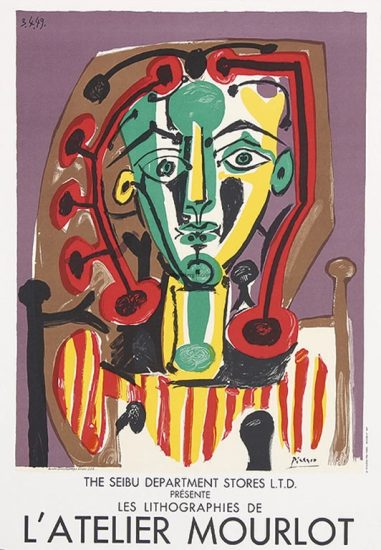Henri Deschamps was a prominent French artist who made significant contributions to the field of visual arts during the late 19th and early 20th centuries. Born on March 15, 1863, in Paris, Deschamps displayed an early talent and passion for art, which eventually led him to become one of the leading figures of his time.
Deschamps began his artistic journey by studying at the prestigious École des Beaux-Arts in Paris. There, he honed his skills and developed a deep understanding of various artistic techniques. He was greatly influenced by the Impressionist movement, which was gaining popularity at the time. Deschamps was particularly drawn to the movement's emphasis on capturing fleeting moments and the play of light and color in their works.

Throughout his career, Deschamps collaborated with several other artists, both within and outside the Impressionist circle. One of his notable collaborations was with Claude Monet, the renowned Impressionist painter. Deschamps and Monet shared a mutual admiration for each other's works and frequently exchanged ideas and techniques. Their collaboration resulted in Deschamps adopting a more vibrant and loose brushwork, reminiscent of Monet's style.
Deschamps also had a close association with Edgar Degas, another prominent figure of the Impressionist movement. Degas' influence on Deschamps can be seen in the artist's portrayal of everyday life, especially in his depictions of ballet dancers and backstage scenes. Deschamps captured the energy and movement of his subjects with a keen eye for detail, reminiscent of Degas' own approach.
 Henri Deschamps, After Pablo Picasso
Henri Deschamps, After Pablo Picasso
Apart from his collaborations, Deschamps had a successful solo career and exhibited his works at various renowned venues, including the Paris Salon and the Salon des Indépendants. He gained recognition for his ability to capture the essence of nature and urban landscapes with his distinct brushwork and vivid color palette. Deschamps often painted en plein air, which allowed him to capture the fleeting effects of light and atmosphere in his landscapes.
One of Deschamps' most famous works is "Le Jardin Fleuri" (The Flower Garden), a vibrant and atmospheric painting that exemplifies his mastery of color and light. In this work, Deschamps utilized a variety of brushstrokes and bold colors to depict a lush garden filled with blooming flowers. The play of light and shadow creates a sense of depth and movement, drawing the viewer into the scene.
Another notable work by Deschamps is "Les Danseuses" (The Dancers), which showcases his fascination with ballet and the world behind the curtains. In this painting, Deschamps captures the grace and elegance of the dancers as they prepare for their performance. The subtle use of color and the dynamic composition contribute to the overall sense of movement and energy.
Deschamps' contributions to the art world were widely recognized during his lifetime. His works were sought after by collectors and art enthusiasts, and he received numerous accolades and awards for his artistic achievements. His innovative approach to capturing light and his ability to infuse his paintings with a sense of atmosphere set him apart as a significant artist of his time.
 Henri Deschamps, After Pablo Picasso
Henri Deschamps, After Pablo Picasso
Henri Deschamps's artistic legacy continues to inspire and influence artists today. His mastery of color, brushwork, and his ability to capture the essence of a scene in a fleeting moment are qualities that have stood the test of time. His collaborations with other prominent artists and his notable works have cemented his place in art history as a talented and influential figure of the late 19th and early 20th centuries.
